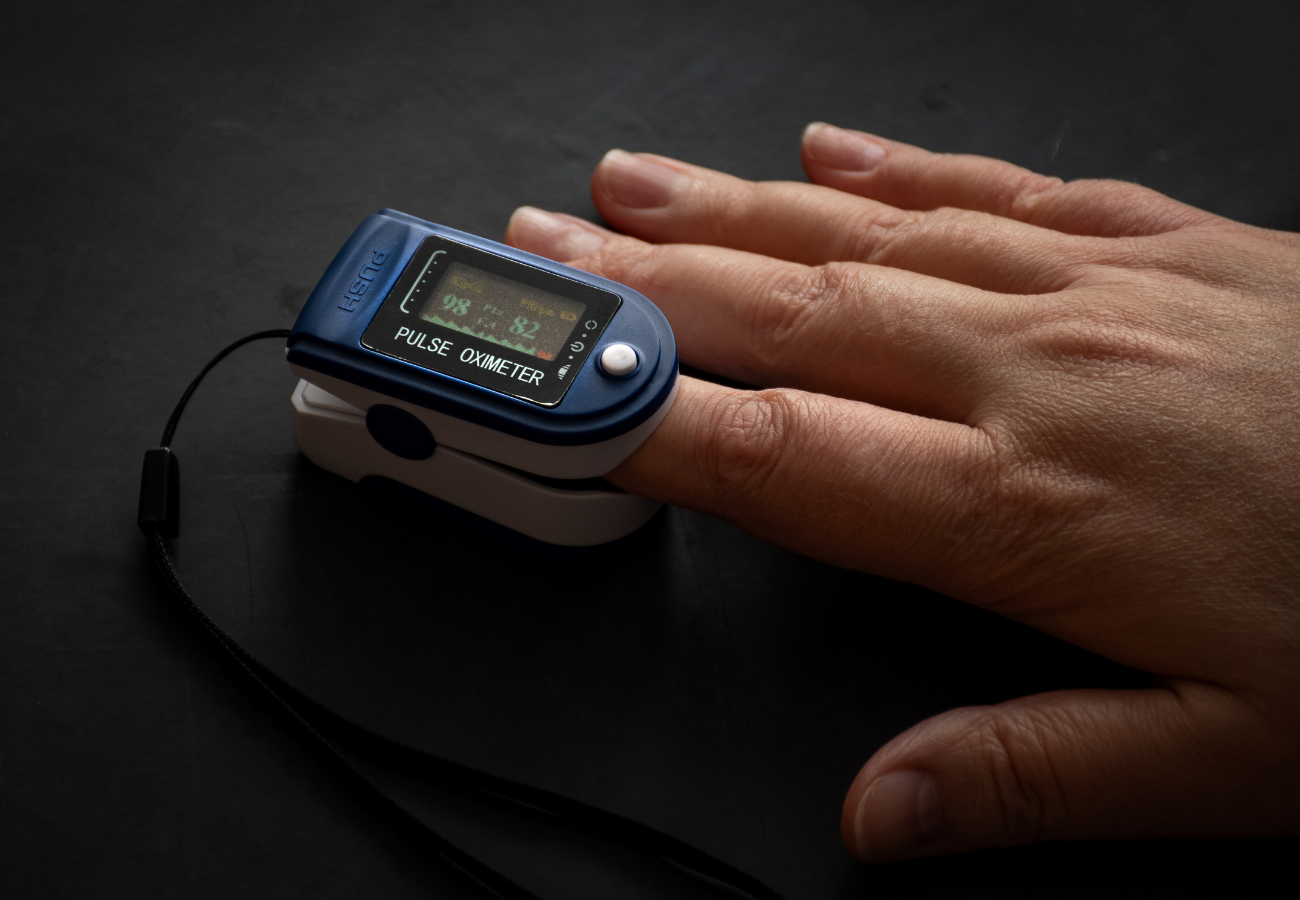.gif)
First came SARS, then came MERS, then, a third deadly corona virus strain — COVID-19, originating in Wuhan, China — has jumped from animals to humans, and its infectious aerosols are travelling the globe with alarming speed.
It took less than a month for the respiratory virus to spread to 20 countries, as far and wide as Finland, Japan, Australia, the United States, and the United Arab Emirates.
In a single day, the number of cases skyrocketed by 60%, to 4,500. Two days later, when the toll had surpassed 8,000, the World Health Organization (WHO) declared a “public health emergency of international concern.” Hours after that, confirmed cases topped 10,000, with 213 deaths.
Thus far, the respiratory virus has defied monumental containment efforts — 60 million Chinese citizens locked down, flights and train service suspended, cruise passengers quarantined, schools and restaurants closed, festivals and sporting events cancelled, factories and theme parks shuttered.
All of which underscores a stark reality: even after COVID-19 is contained, another coronavirus outbreak is sure to emerge.
“We’ve been raising the flag on these viruses for 15 years — ever since SARS,” said Peter Daszak, Ph.D., co-author of a 2017 study that found, among bat species in China, four coronavirus strains “highly similar” to the human SARS virus.
The study, published in PLOS Pathogens, predicted “the risk of spillover into people and emergence of a disease similar to SARS.”
Expanded global travel and rapid urbanization, along with the speedy mutation of coronaviruses, made the 2019-nCoV spillover and proliferation inevitable.
"One of the consequences of a more connected world is that outbreaks have the potential to spread internationally much more rapidly than was the case 50 years ago," cautions Mike Turner, science director at the Wellcome Trust, a UK-based global health nonprofit.
Actually, the last 15 years alone have seen a sharp escalation in the risk of an outbreak.
In 2005, two years after the SARS outbreak, only 3 million international air passengers travelled into and out of China, via 233 routes; in 2016, 51 million passengers flew via 739 air routes, giving the virus far more avenues for escape.
It remains unclear whether the Wuhan coronavirus can be transmitted before patients develop symptoms, such as fever, congestion, headache, cough, and sore throat. Also unknown is the length of the incubation period.
However, as the infection rate and death toll accelerate, this much is certain: health authorities and hospitals must escalate containment efforts.
“We must do everything we can, with intelligence, calm and a full commitment of resources, to extinguish this nCoV-2019 outbreak,” asserts David Quammen, author of Spillover: Animal Infections and the Next Human Pandemic.
For hospitals, this means looking beyond hand hygiene, masks, respirators, gowns, gloves, and goggles. Those measures are both necessary and insufficient.
Given the role of airborne transmission in the spread of infection, hospitals must also install air-disinfection technology capable of destroying lethal coronavirus aerosols.
COVID-19: “A First Cousin to SARS”
Viewed under a microscope, coronavirus particles look like spikey spheres, each bordered by a glowing crown — “corona” in Latin.
Coronaviruses are a large family of respiratory viruses that, before the SARS outbreak, were thought to cause only mild infections in humans.
But then SARS leapt from bats to humans and infected over 8,000 people in 29 countries. Especially virulent, Severe Scute Respiratory syndrome caused severe pneumonia and 774 deaths before the outbreak was contained in 2003.
The SARS fatality rate, about 10%, was lower than that of the next lethal coronavirus unleashed on humans: MERS (Middle East respiratory syndrome), first reported in Saudi Arabia in 2012.
With a fatality rate of 34%, MERS infected nearly 2,500 people in 27 countries, mostly in the Middle East.
The fatality rate of COVID-19, considered “a cousin to SARS,” remains undetermined, but the virus appears to spread more easily, so even with a low fatality rate, the virus could cause more total deaths.
Guan Yi, a virologist who helped identify SARS, projects the current outbreak could be 10 times larger because SARS was transmitted by a small number of “super spreaders” and only after patients had developed symptoms.
If COVID-19 can be transmitted before symptoms emerge, as a study in The Lancet suggests, patients will go about their days while potentially infecting others.
The Lancet study, which tracked six infected members of the same family, shows “this new coronavirus is able to transfer between person to person, in a hospital setting, a family home setting, and also in an intercity setting,” said study co-author Yuen Kwok-yung. “This is exactly what makes this new disease difficult to control.”
On average, WHO reports, those infected with the coronavirus are transmitting the disease to 2.6 people each.
To halt the outbreak, according to WHO, “control measures need to block well over 60% of transmission,” a staggering challenge given how far the virus already has spread.
Hospitals Hit Hard by the Novel Coronavirus
SARS struck hospitals particularly hard; in some areas of China, healthcare workers comprised 20% of victims. With COVID-19, healthcare workers are again bearing the brunt.
At one Wuhan hospital, 13 nurses and a doctor were infected by just one coronavirus patient. Another physician died of the virus after coming out of retirement to provide medical help. A pregnant nurse treating coronavirus patients became infected herself.
In the first weeks, 1,200 medical personnel — including orthopaedic surgeons and military physicians — were dispatched to Wuhan, and 24 hospitals with 10,000 beds were treating confirmed and suspected cases of the virus.
One hospital dormitory was housing quarantined medical workers. At another hospital, entire wards were dedicated to infected doctors and their families.
With so little known about COVID-19, global health officials have had no choice but to improvise with containment strategies, such as quarantines and severe travel restrictions.
“Part is science and part is hope,” conceded public health physician Gauden Galea, M.D. the World Health Organization’s representative in Beijing.
But hospitals, with less territory to cover, can rely more on science.
Specifically, hospitals can deploy ultra-low energy plasma technology by Novaerus to eradicate airborne coronavirus particles.
In laboratory testing, Novaerus technology has been proven highly effective against MS2 Bacteriophage, a commonly used surrogate for SARS, reducing the airborne load by 99.99%.
The technology is used in hospitals worldwide to prevent the spread of other viruses, including influenza, norovirus, and measles, as well as dangerous bacteria and fungi, such as MRSA, Clostridium difficile, and Aspergillus niger.
Novaerus portable units operate continually and are commonly deployed in emergency rooms, lobbies, operating theatres, patient rooms and intensive care units.
Air dis-infection technology has become critical in hospitals, as mounting evidence demonstrates the limits of hand hygiene, surface cleaning, and protective gear such as masks, respirators, and gowns.
In China, photos of hospital personnel and patients wearing masks have become ubiquitous, as have dire reports of mask shortages.
Outside of China, health authorities are advising surgical masks for hospital patients who present with a fever or respiratory illness or who’ve recently travelled to China.
However, given that surgical masks are not fitted or sealed, they should be considered “the last line of defence,” says Julie Vaishampayan, M.D., of the Infectious Diseases Society of America.
“We worry about people feeling they’re getting more protection from the mask than they really are,” Dr Vaishampayan adds.
What’s more, surgical masks are often used improperly. “Most people will put their hand underneath the mask to scratch their face or rub their nose,” notes Amesh Adalja, M.D., an American infectious disease physician.
In addition, health authorities are recommending N-95 respirators for healthcare workers in contact with patients suspected of COVID-19 infection.
Though respirators filter out more particles than do masks, they offer limited protection from coronaviruses. The “95” means that 95% of the time, the mask if properly fitted, can filter out particles as small as 0.3 microns. However, human coronaviruses measure between 0.1 and 0.2 microns, so masks may not be entirely efficient.
Of course, authorities are also imploring healthcare workers to step up hand hygiene. After all, when an infected patient coughs, the droplets can land on a nurse’s hand, and that hand can touch her eye — or another patient or a bed rail or door handle. The possibilities for transmission are infinite.
Yet studies show hospital hand hygiene is, in the words of WHO, “abysmally low” — often well below 40% — and 76% of healthcare workers miss at least one key moment among WHO’s “Five Moments for Hand Hygiene.”
Healthcare workers often don’t use enough hand rub, leave their wrists exposed, improperly remove gloves, attempt to disinfect wet hands, fail to clean the backs of their hands and sustain hand rubbing for only half of the recommended 20 seconds.
All this happens even in intensive care units, even when personnel know they’re being observed, and even when they’re offered money and prizes to improve.
It’s not that doctors and nurses are careless — hardly. It’s because they are rushed, overworked, tired, and distracted.
Certainly, no healthcare workers are more tired and overworked than those on the front lines of the COVID-19 epidemic. Among the news headlines: “Doctors in Wuhan break down crying after days without sleep” and “Fear and fatigue in Wuhan's virus-hit hospitals.”
Under these circumstances, hand-hygiene compliance is no doubt even lower than usual.
And certainly, hygiene among hospital visitors is worse.
Though global health authorities are urging visitors to limit surfaces they touch and “follow respiratory hygiene and cough etiquette precautions,” it’s unlikely visitors are scrupulously following these guidelines.
In all hospitals, dangerous pathogens — whether viral, bacterial, or fungal — waft through lobbies, down hallways, and into patient rooms, blown this way and that by air-handling systems and the constant movement of people, access doors, privacy curtains, even bedsheets.
The COVID-19 outbreak is yet another reminder that hospitals must make air disinfection a high priority.
*Research and creation of blog by Novaerus



